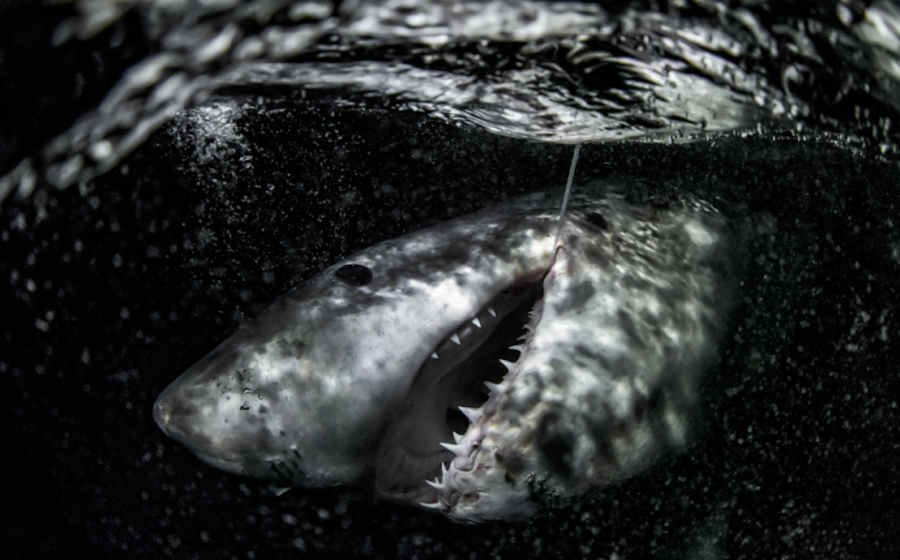How Scuba Diving Affects Your Breathing

Courtesy Dan
As you’re reading this article, your brain is automatically calculating how deep and fast each breath should be. Breathing underwater, however, adds layers of complexity to an otherwise effortless act. How does scuba diving affect your ability to breathe, and what happens when your workload exceeds your capacity?
When Workload Exceeds Capacity
When you exercise, carbon dioxide (CO2) is produced. Breathing allows your body to inhale oxygen (O2) and exhale CO2. When your workload exceeds your capacity to exchange gases by breathing, CO2 builds up in the blood, leading to hypercapnia. Symptoms of hypercapnia can include confusion, panic or even loss of consciousness. None of these things are good news underwater.
In diving, many factors, such as swimming in strong currents, inadequate buoyancy, inefficient finning and poor streamlining can lead to overexertion and hypercapnia.
Practice and planning are key in preventing overexertion. Improving buoyancy, finning and streamlining reduces the energy it takes to move through the water.
Ask an instructor or dive buddy to give you feedback with actionable techniques to improve these skills. In addition, factoring in environmental challenges, such as tides and currents, while planning a dive will make the dive much easier and enjoyable.
Related Reading: How to Dive Safely in Cold Water
Managing Work of Breathing
Insufficient elimination of CO2 can also lead to hypercapnia. This is often caused by an increased breathing resistance/work of breathing. The greater the work of breathing, the less efficient you are at eliminating CO2 and the more likely you are to become hypercapnic.
The amount of breathing resistance you encounter can be influenced by your equipment. Scuba regulators are, in essence, a series of mechanisms, valves and hoses designed to move gas. Each part adds slightly more resistance that your lungs must overcome. Complex machines such as rebreathers tend to have more resistance than open-circuit systems.
To keep your work of breathing as low as possible, be sure to clean and service your equipment accordaccording to manufacturer recommendations. This ensures that all parts are working as designed without unnecessary resistance. Some regulators may come with features such as adjustable resistances or Venturi valves (represented as the “dive/predive” switch). Experiment in a controlled environment to find the right balance between a low work of breathing and a low risk of free-flow.
Related Reading: Facing Fear With Jill Heinerth: Focus On Breathing
As we descend, the gas is compressed, density increases, work of breathing increases and CO2 elimination is reduced.
Another contributor to increased work of breathing is the density of the gas you breathe. Just as air on a humid day feels more stifling than on a dry one, gases at depth become harder to breathe than at the surface.
As we descend, the gas is compressed, density increases, work of breathing increases and CO2 elimination is reduced. Research conducted by Gavin Anthony and Simon Mitchell found when gas densities exceed ~6 g/L (air is approximately 1.29 g/L at the surface), there is a rapid increase in the risk of CO2 retention.
You can mitigate the risk posed by gas density in two ways. First, stick to the limits of your training; shallower dives carry less risk than deeper ones. Second, if you decide to dive deeper, learn how to use appropriate gas blends, such as those with helium, from a qualified instructor.
When we accept the power of breathing underwater, we also accept the responsibilities of managing our breathing, a task that our brains effortlessly handle on land. Remember to reduce CO2 production by having good buoyancy, efficient kicks and streamlined equipment. Also, make sure you can eliminate any CO2 buildup with well-maintained equipment and a gas blend appropriate for the depth you have planned.










